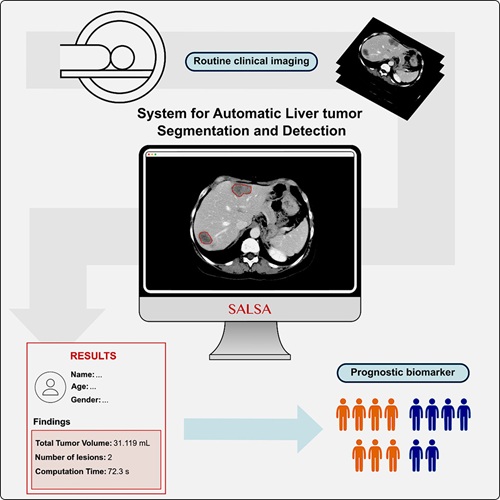Eye Imaging PACS Technology Supports DICOM Optical Coherence Tomography Standard
|
By MedImaging International staff writers Posted on 21 Nov 2012 |
As a standalone application integrated with an electronic health record (EHR), an eye care picture archiving and communication system (PACS) incorporates all diagnostic devices and clinical applications utilized in an ophthalmic practice into one end-to-end system, giving physicians the ability to review all of their patient’s images and diagnostic reports side-by-side at 24/7, via a web browser or web-enabled device.
Merge Healthcare, Inc. (Chicago, IL, USA), a provider of clinical systems, recently released an update to the Merge Eye Care PACS that includes support for the Digital Imaging and Communications in Medicine (DICOM) OPT (ophthalmic tomography, also known as optical coherence tomography [OCT]) standard as well as support for video.
“Merge is proud to be one of the first vendors to support the OCT standard, as this standard is becoming an increasingly indispensable modality at eye care facilities to obtain valuable images and data,” said Jeff Surges, CEO of Merge Healthcare. “Eye Care is a critical segment for Merge and it’s important that we continue to evolve our market-leading solution.”
“We’ve been using solutions from Merge for several years as the backbone for our digital imaging strategy,” said Dr. Joel A. Miller, MD, from Retina Consultants of Michigan (Southfield, USA). “This new support for OCT data in the same viewer as all of our modalities is exciting and will improve our workflow. Our efficiency as healthcare providers improves as we offer more services to our patients without additional cost.”
Merge Eye Care PACS, by supporting the OCT standard, can be used as a single viewer, delivering multiple eye care modalities, in a vendor-neutral viewing environment. Similar to other review application in Merge Eye Care PACS, the controls for viewing and manipulating OCT images enable users to view images side-by-side, scan through frames, and slices, and perform detailed measurements. Moreover, as the industry OCT standard continues to develop, Merge Eye Care PACS will become adapt as well.
In addition to OCT image viewing, Merge Eye Care PACS 4.0 allows for full HD video viewing and web-based SD/HD video upload and remote management.
Merges enterprise and cloud-based solutions for image intensive specialties provide access to any image, anywhere, any time. Merge also provides clinical trials software, health stations, and other health data and analytics solutions that engage consumers in their personal health.
Related Links:
Merge Healthcare
Merge Healthcare, Inc. (Chicago, IL, USA), a provider of clinical systems, recently released an update to the Merge Eye Care PACS that includes support for the Digital Imaging and Communications in Medicine (DICOM) OPT (ophthalmic tomography, also known as optical coherence tomography [OCT]) standard as well as support for video.
“Merge is proud to be one of the first vendors to support the OCT standard, as this standard is becoming an increasingly indispensable modality at eye care facilities to obtain valuable images and data,” said Jeff Surges, CEO of Merge Healthcare. “Eye Care is a critical segment for Merge and it’s important that we continue to evolve our market-leading solution.”
“We’ve been using solutions from Merge for several years as the backbone for our digital imaging strategy,” said Dr. Joel A. Miller, MD, from Retina Consultants of Michigan (Southfield, USA). “This new support for OCT data in the same viewer as all of our modalities is exciting and will improve our workflow. Our efficiency as healthcare providers improves as we offer more services to our patients without additional cost.”
Merge Eye Care PACS, by supporting the OCT standard, can be used as a single viewer, delivering multiple eye care modalities, in a vendor-neutral viewing environment. Similar to other review application in Merge Eye Care PACS, the controls for viewing and manipulating OCT images enable users to view images side-by-side, scan through frames, and slices, and perform detailed measurements. Moreover, as the industry OCT standard continues to develop, Merge Eye Care PACS will become adapt as well.
In addition to OCT image viewing, Merge Eye Care PACS 4.0 allows for full HD video viewing and web-based SD/HD video upload and remote management.
Merges enterprise and cloud-based solutions for image intensive specialties provide access to any image, anywhere, any time. Merge also provides clinical trials software, health stations, and other health data and analytics solutions that engage consumers in their personal health.
Related Links:
Merge Healthcare
Latest Imaging IT News
- New Google Cloud Medical Imaging Suite Makes Imaging Healthcare Data More Accessible
- Global AI in Medical Diagnostics Market to Be Driven by Demand for Image Recognition in Radiology
- AI-Based Mammography Triage Software Helps Dramatically Improve Interpretation Process
- Artificial Intelligence (AI) Program Accurately Predicts Lung Cancer Risk from CT Images
- Image Management Platform Streamlines Treatment Plans
- AI-Based Technology for Ultrasound Image Analysis Receives FDA Approval
- AI Technology for Detecting Breast Cancer Receives CE Mark Approval
- Digital Pathology Software Improves Workflow Efficiency
- Patient-Centric Portal Facilitates Direct Imaging Access
- New Workstation Supports Customer-Driven Imaging Workflow
Channels
Radiography
view channel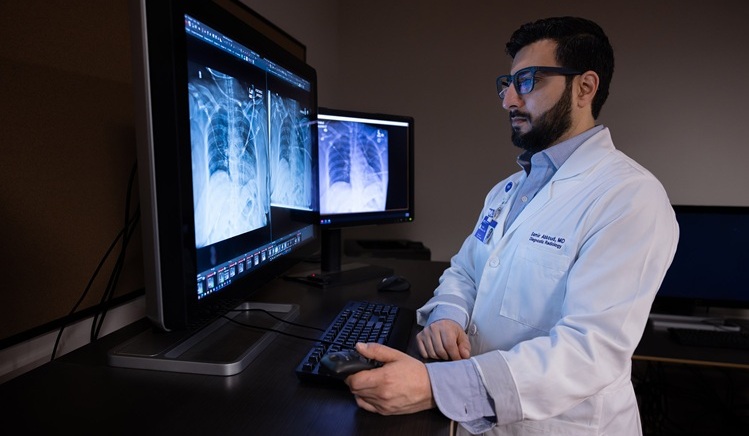
AI Radiology Tool Identifies Life-Threatening Conditions in Milliseconds
Radiology is emerging as one of healthcare’s most pressing bottlenecks. By 2033, the U.S. could face a shortage of up to 42,000 radiologists, even as imaging volumes grow by 5% annually.... Read more
Machine Learning Algorithm Identifies Cardiovascular Risk from Routine Bone Density Scans
A new study published in the Journal of Bone and Mineral Research reveals that an automated machine learning program can predict the risk of cardiovascular events and falls or fractures by analyzing bone... Read more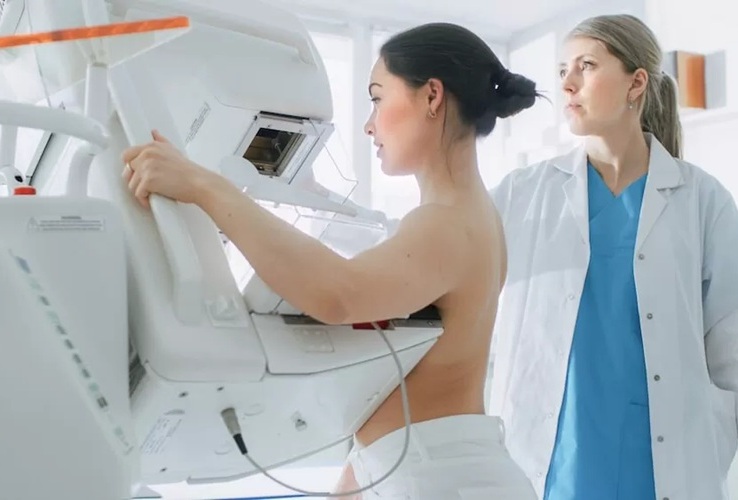
AI Improves Early Detection of Interval Breast Cancers
Interval breast cancers, which occur between routine screenings, are easier to treat when detected earlier. Early detection can reduce the need for aggressive treatments and improve the chances of better outcomes.... Read more
World's Largest Class Single Crystal Diamond Radiation Detector Opens New Possibilities for Diagnostic Imaging
Diamonds possess ideal physical properties for radiation detection, such as exceptional thermal and chemical stability along with a quick response time. Made of carbon with an atomic number of six, diamonds... Read moreMRI
view channel
New MRI Technique Reveals Hidden Heart Issues
Traditional exercise stress tests conducted within an MRI machine require patients to lie flat, a position that artificially improves heart function by increasing stroke volume due to gravity-driven blood... Read more
Shorter MRI Exam Effectively Detects Cancer in Dense Breasts
Women with extremely dense breasts face a higher risk of missed breast cancer diagnoses, as dense glandular and fibrous tissue can obscure tumors on mammograms. While breast MRI is recommended for supplemental... Read moreUltrasound
view channel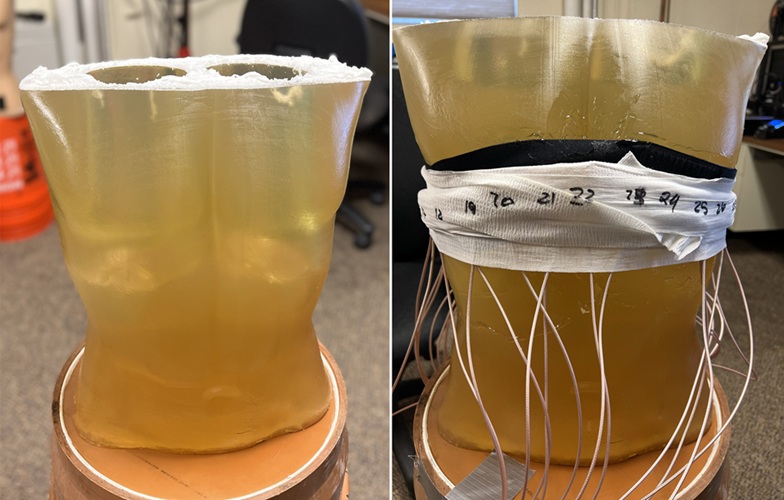
New Medical Ultrasound Imaging Technique Enables ICU Bedside Monitoring
Ultrasound computed tomography (USCT) presents a safer alternative to imaging techniques like X-ray computed tomography (commonly known as CT or “CAT” scans) because it does not produce ionizing radiation.... Read more
New Incision-Free Technique Halts Growth of Debilitating Brain Lesions
Cerebral cavernous malformations (CCMs), also known as cavernomas, are abnormal clusters of blood vessels that can grow in the brain, spinal cord, or other parts of the body. While most cases remain asymptomatic,... Read moreNuclear Medicine
view channel
New Imaging Approach Could Reduce Need for Biopsies to Monitor Prostate Cancer
Prostate cancer is the second leading cause of cancer-related death among men in the United States. However, the majority of older men diagnosed with prostate cancer have slow-growing, low-risk forms of... Read more
Novel Radiolabeled Antibody Improves Diagnosis and Treatment of Solid Tumors
Interleukin-13 receptor α-2 (IL13Rα2) is a cell surface receptor commonly found in solid tumors such as glioblastoma, melanoma, and breast cancer. It is minimally expressed in normal tissues, making it... Read moreGeneral/Advanced Imaging
view channel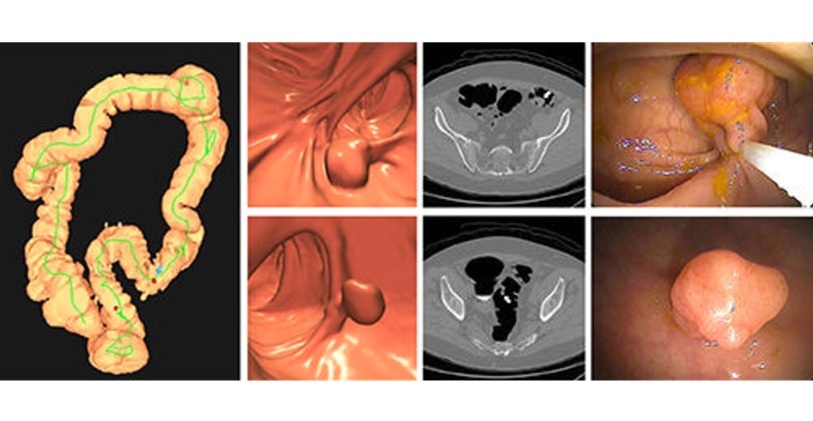
CT Colonography Beats Stool DNA Testing for Colon Cancer Screening
As colorectal cancer remains the second leading cause of cancer-related deaths worldwide, early detection through screening is vital to reduce advanced-stage treatments and associated costs.... Read more
First-Of-Its-Kind Wearable Device Offers Revolutionary Alternative to CT Scans
Currently, patients with conditions such as heart failure, pneumonia, or respiratory distress often require multiple imaging procedures that are intermittent, disruptive, and involve high levels of radiation.... Read more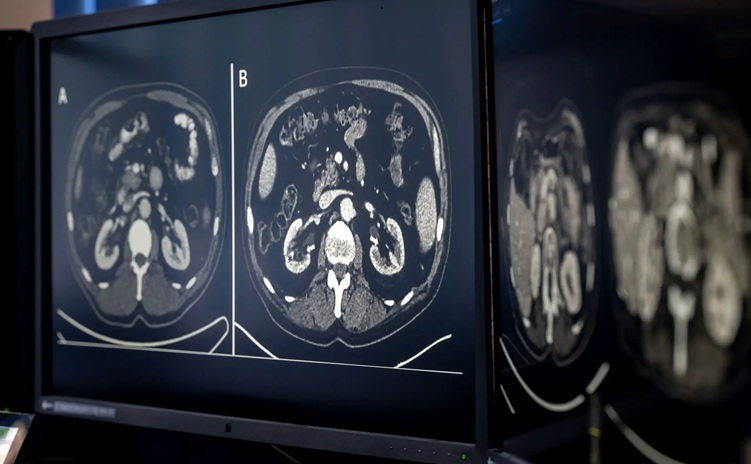
AI-Based CT Scan Analysis Predicts Early-Stage Kidney Damage Due to Cancer Treatments
Radioligand therapy, a form of targeted nuclear medicine, has recently gained attention for its potential in treating specific types of tumors. However, one of the potential side effects of this therapy... Read moreIndustry News
view channel
GE HealthCare and NVIDIA Collaboration to Reimagine Diagnostic Imaging
GE HealthCare (Chicago, IL, USA) has entered into a collaboration with NVIDIA (Santa Clara, CA, USA), expanding the existing relationship between the two companies to focus on pioneering innovation in... Read more
Patient-Specific 3D-Printed Phantoms Transform CT Imaging
New research has highlighted how anatomically precise, patient-specific 3D-printed phantoms are proving to be scalable, cost-effective, and efficient tools in the development of new CT scan algorithms... Read more
Siemens and Sectra Collaborate on Enhancing Radiology Workflows
Siemens Healthineers (Forchheim, Germany) and Sectra (Linköping, Sweden) have entered into a collaboration aimed at enhancing radiologists' diagnostic capabilities and, in turn, improving patient care... Read more














.jpeg)



